The oldest evidence of t he presence of organs i n our t erritory dates back t o 1465, t he year i n which t he organ of t he main Church (today Cathedral of Santa Maria Assunta) was restored. In t he same church, i n 1489, i t was decided t o rebuild t he organ by i ntroducing an i mportant innovation, t hat of splitting t he pipes i nto ranges. The t ask was given t o Bartolomeo da Brescia, ancestor of t he famous Antegnati f amily, f or one hundred i mperial l ire. After t his intervention t he organ remained i n operation f or about 30 years, but i n 1519 t he construction of a new organ was commissioned t o an artisan named Sirrah Battista, l ikely i dentified as the organmaker Giovanni Battista Facchetti from Brescia (c.1475 – c.1555), a prominent
figure i n Renaissance organ history, who completed t he work i n 1523. In t he same year t he i nstrument was decorated with carvings, gilt and paintings by t he great local painter, Vincenzo Civerchio whose painted doors f or t he organ still exist. Moreover, i n 1525 a request was made t o add t he ranges of “trombones, pifferos and bagpipes”to t he organ. This remains t oday t he oldest evidence i n I talian organ history of t he presence of reed ranges.
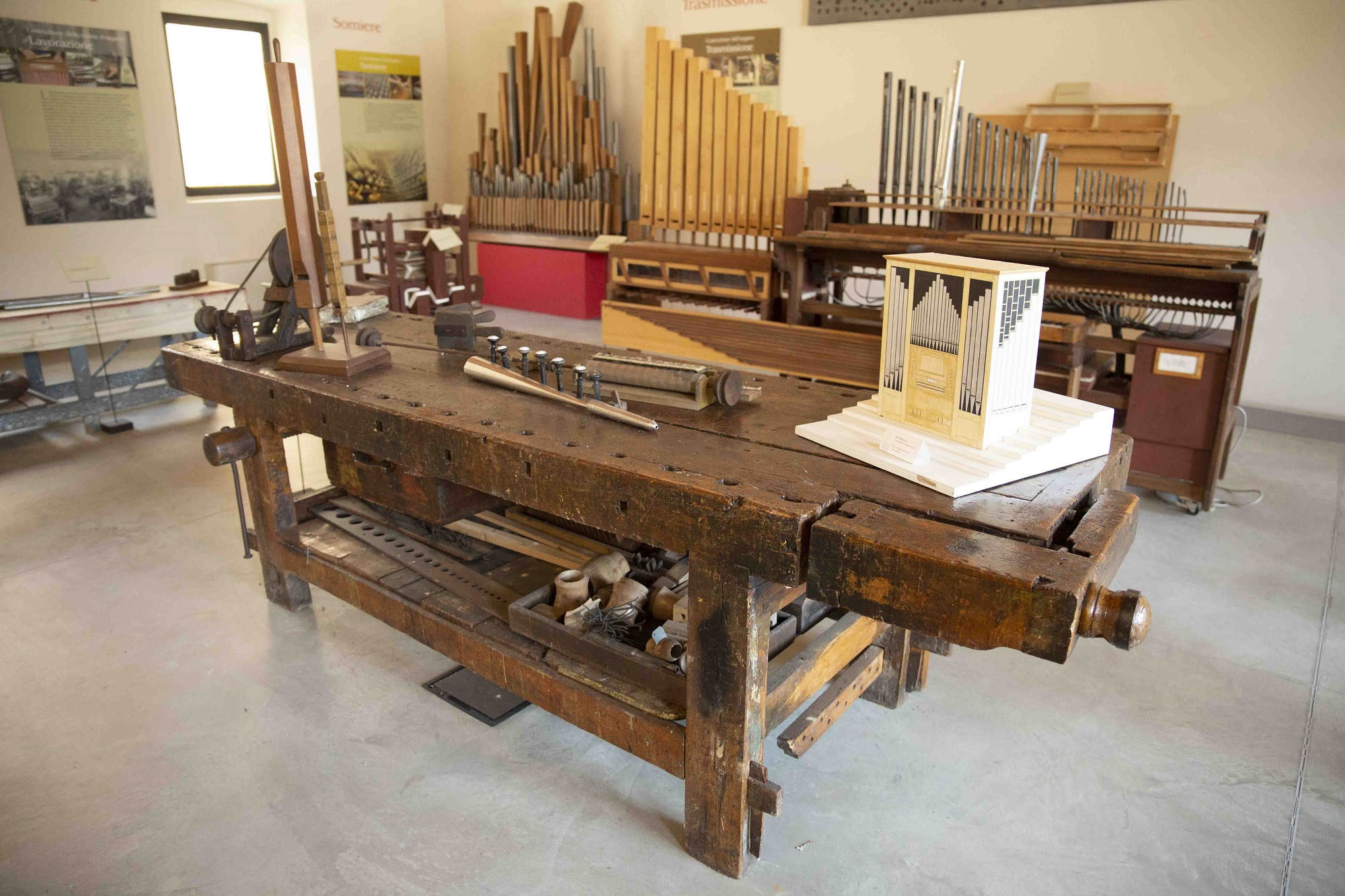
In t he 17th century another f amous Lombard organ f amily, t he Serassi of Bergamo, made their mark i n t he history of organs i n Crema. I n particular Giuseppe I (1693-1760), Andrea Luigi (1725-1799) and Giuseppe I I (1750-1817) produced t heir l argest number of instruments f or Crema and t he surrounding area, after t hose produced i n t heir own t erritory of Bergamo. Therefore, t he Crema organ t radition developed i n t he wake of t he t radition of the Serassi i n Bergamo and of t he Antegnati i n Brescia and many schools and shops began to f lourish i n t he t erritory f rom t he l ate 1700s.
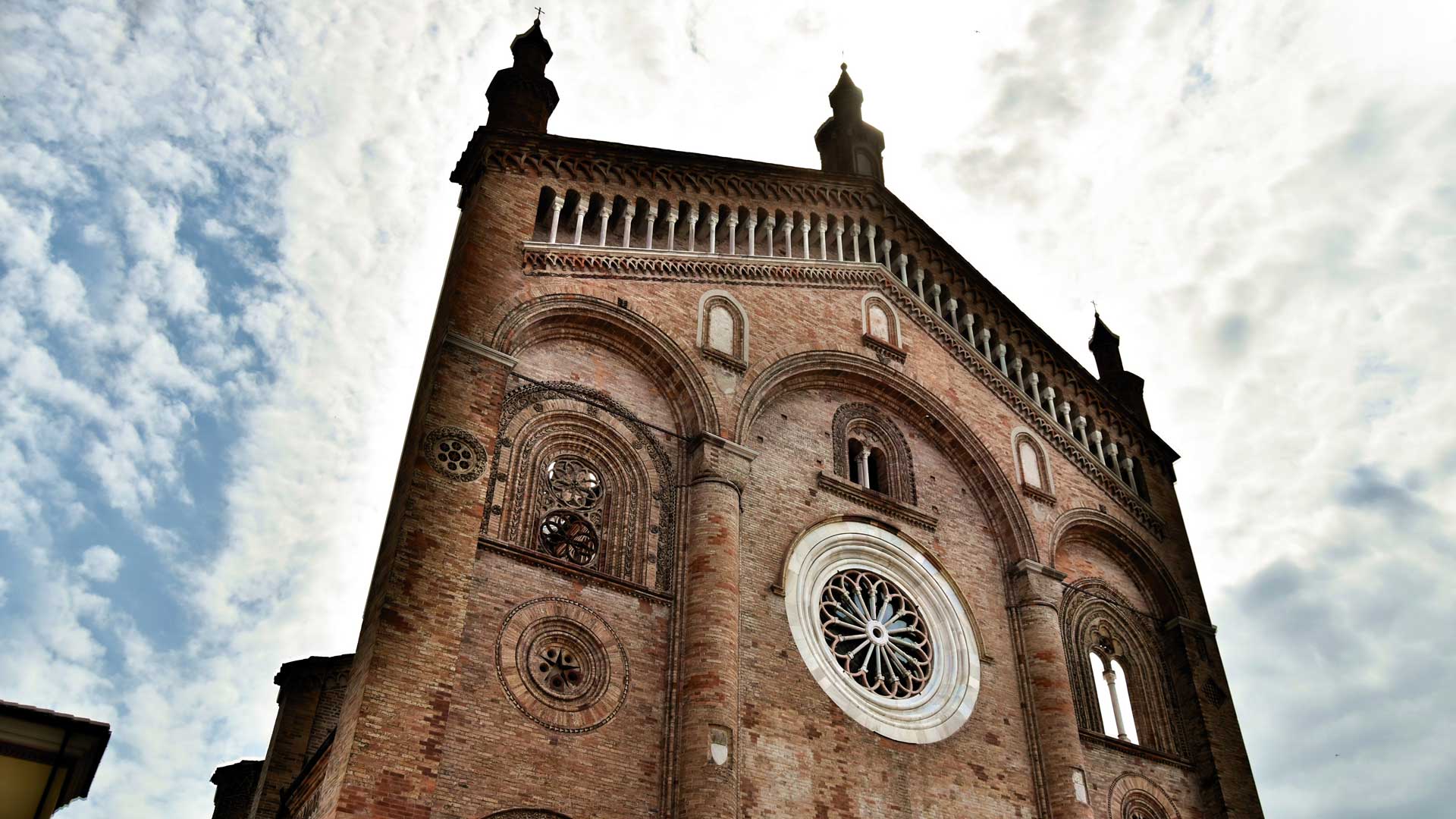
In t he 19th century t he existing organ heritage needed t o be kept efficient by means of regular maintenance work which l ed t o t he f irst l ocal enterprises being established. I n 1850
Giuseppe Franceschini f ounded his own workshop i n Crema. Pacifico I nzoli (1843-1910), a person of great i mportance f or t he development of t he organ t radition i n Crema, l earned his
craft at t he Franceschini workshop. After his apprenticeship with Cavalli i n Lodi and Fratelli Lingiardi i n Pavia, i n 1864 I nzoli started his own organ production, which was t o become t he
most i mportant of i ts kind i n Crema. From t he 1890s, I nzoli developed a new t ype of instrument i n which t he ranges were not divided i nto Basses and Sopranos, but covered t he entire extension of t he keyboard, by means of t wo keyboards and t he pedal keyboard with 27 real notes, imported f rom abroad. I n parallel t o t he organ workshops, t here was considerable development i n t he t erritory of t he activity of organ pipe makers who supplied organ pipes t o i mportant companies both i n Italy and abroad, such as Riboldi, Bergamaschi,
Scotti and Denti. The l atter t wo companies are still i n production today.
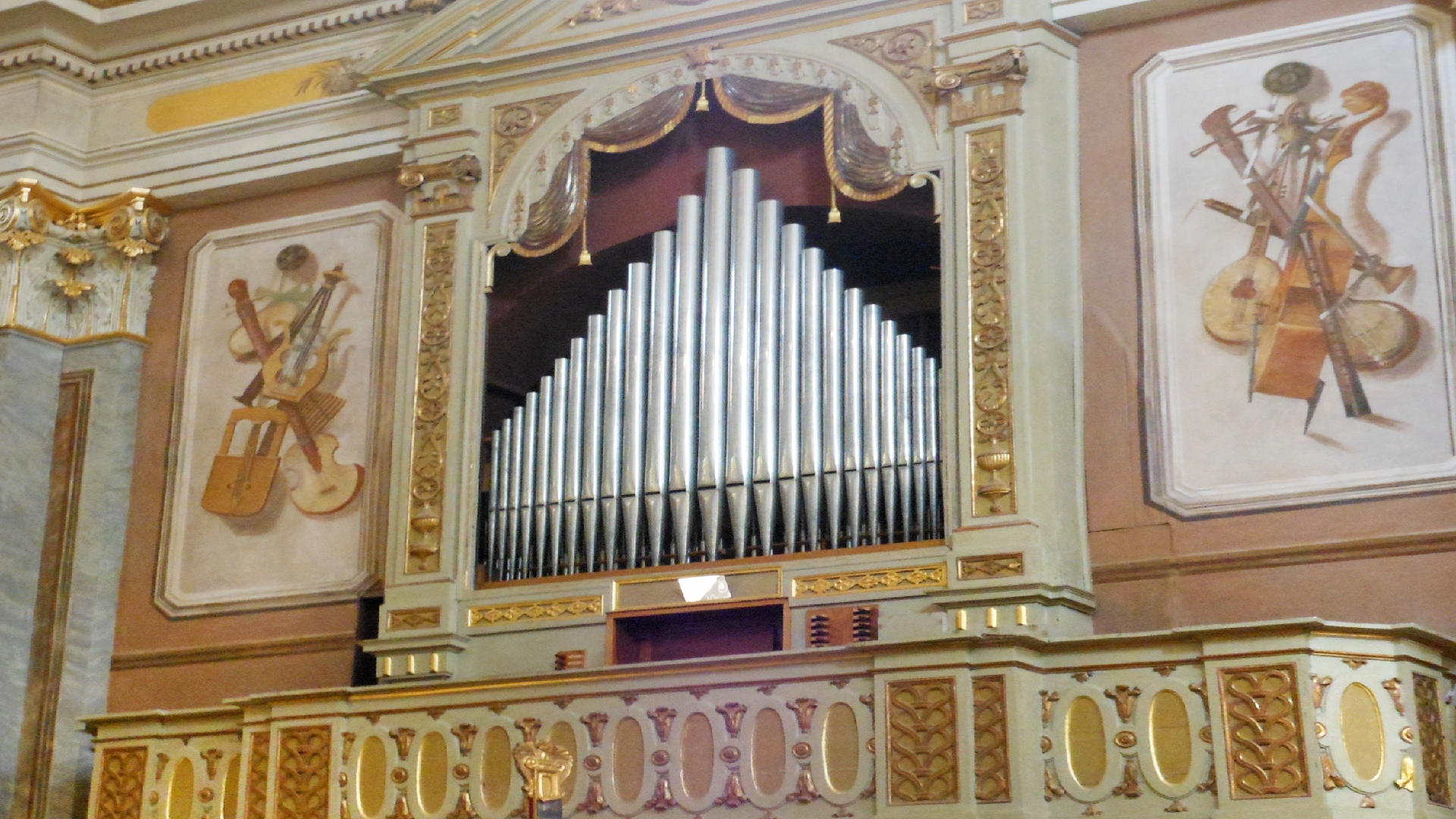
In t he 19th century t he existing organ heritage needed t o be kept efficient by means of regular maintenance work which l ed t o t he f irst l ocal enterprises being established. I n 1850
Giuseppe Franceschini f ounded his own workshop i n Crema. Pacifico I nzoli (1843-1910), a person of great i mportance f or t he development of t he organ t radition i n Crema, l earned his
craft at t he Franceschini workshop. After his apprenticeship with Cavalli i n Lodi and Fratelli Lingiardi i n Pavia, i n 1864 I nzoli started his own organ production, which was t o become t he
most i mportant of i ts kind i n Crema. From t he 1890s, I nzoli developed a new t ype of instrument i n which t he ranges were not divided i nto Basses and Sopranos, but covered t he
entire extension of t he keyboard, by means of t wo keyboards and t he pedal keyboard with 27 real notes, i mported f rom abroad. I n parallel t o t he organ workshops, t here was
considerable development i n t he t erritory of t he activity of organ pipe makers who supplied organ pipes t o i mportant companies both i n I taly and abroad, such as Riboldi, Bergamaschi,
Scotti and Denti. The l atter t wo companies are still i n production t oday.
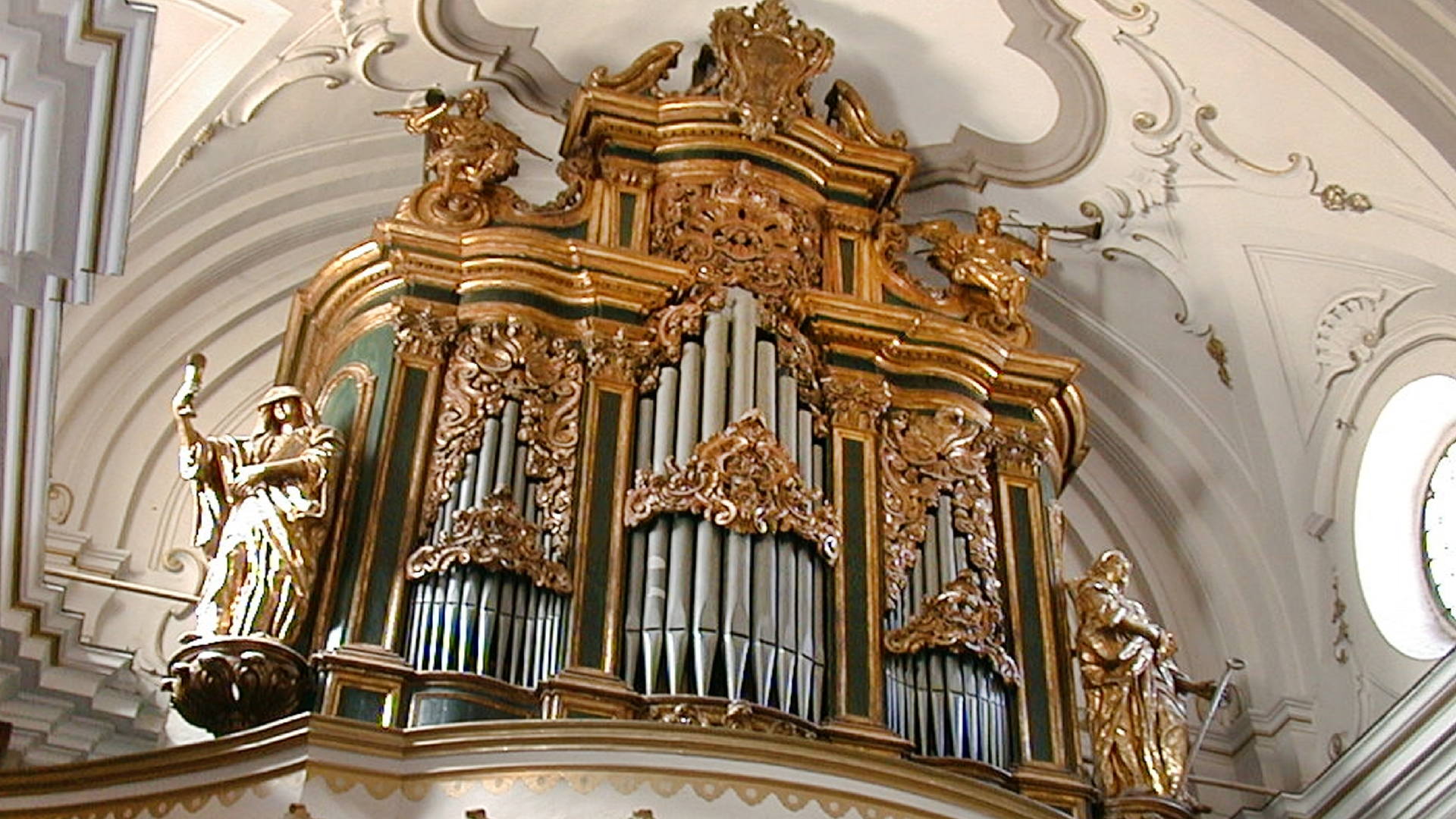
Not surprisingly, t hanks t o Crema becoming home t o artisan workshops producing and restoring organs and building organ pipes f or t he best-known organ manufacturers, t here i s
also a specialist, professional development school f or t he construction and restoration of these instruments. Moreover, Crema is the birthplace of a number of important musicians
such as Vincenzo Petrali, Giovanni Bottesini and Stefano Pavesi, who produced both sacred and secular compositions appreciated t hroughout Europe. Currently t he organ activity i n
Crema survives t hanks mainly t o t he activity of t he company “Inzoli Cav. Pacifico” of t he Bonizzi brothers and t he company “Giovanni Tamburini” of Saverio Anselmi Tamburini.
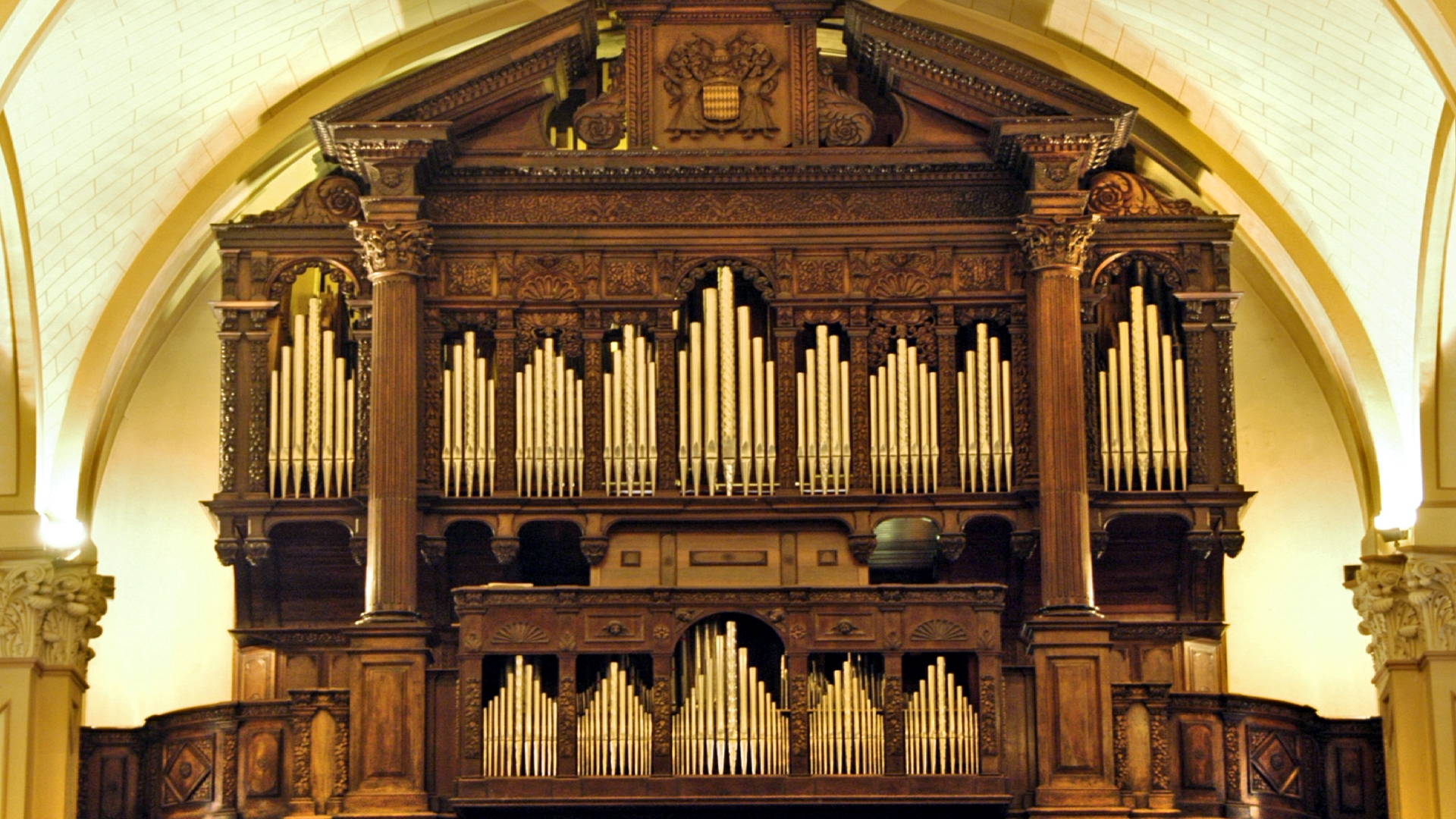
The need t o enhance and promote t his heritage has prompted t he Civic Museum of Crema
and t he Cremasco area t o set up a special section, i n order t o show, not only t o l ocal
residents, but also t o a wider audience, t he heritage of t he t own i n t his particular branch of
artistic craftsmanship. This section, created t hanks t o t he f undamental support of t he Cariplo
Bank Foundation and t he Banca del Monte di Lombardia Foundation, i s organised i n t wo
halls.
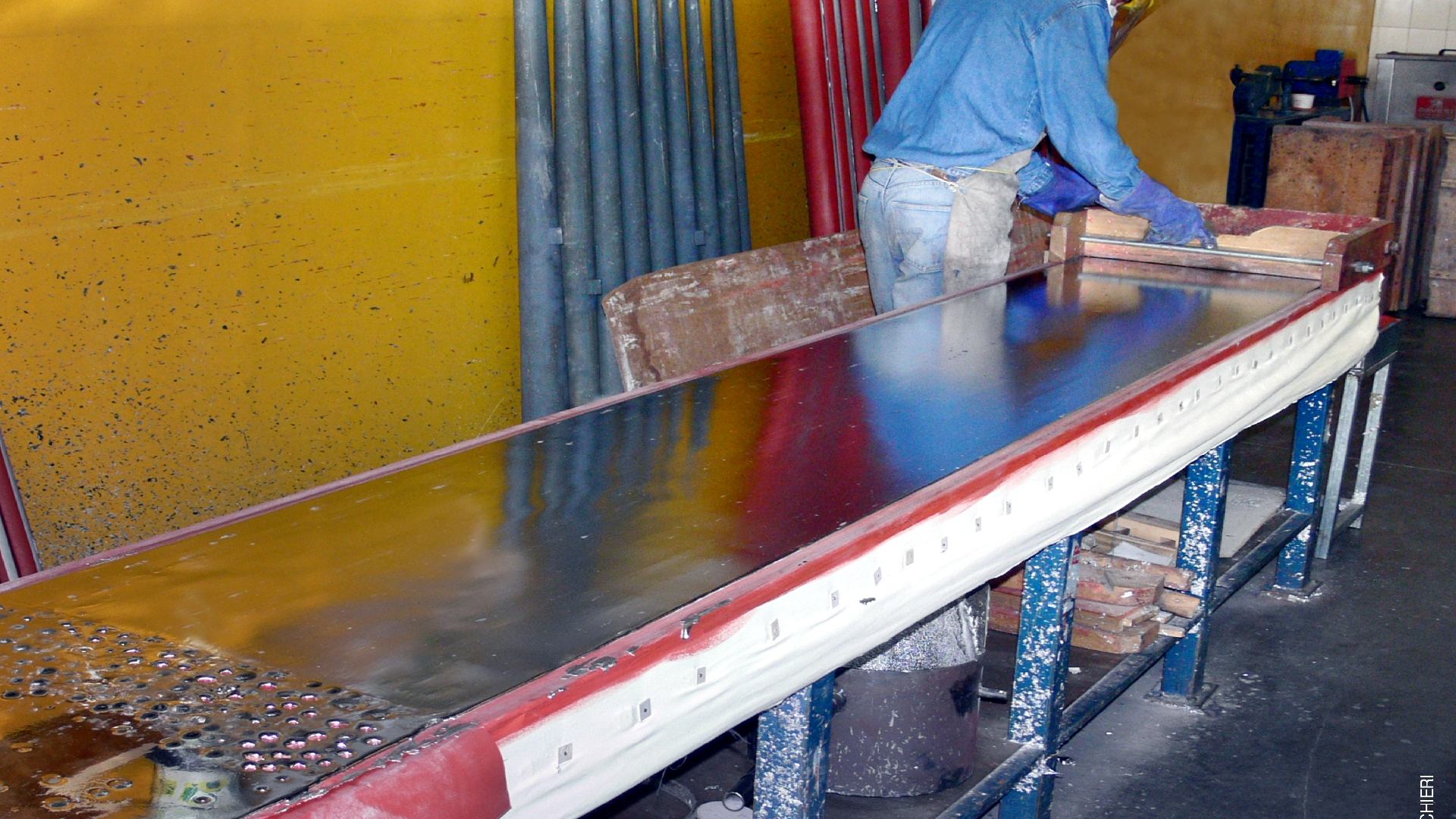
The f irst hall f ocuses not only on t he l atest products of organ craftsmanship, musical
instruments and organ pipes, but also on t he preeminent f igures of t heir production. I n f act,
there are t wo display cases dedicated t o Pacifico I nzoli and t o t he Tamburini company and
its f ounder.
Next t o t he t wo display cases stands a magnificent, 32-foot-high “F pipe”, which l iterally
dominates t he hall. This pipe was specifically manufactured by t he Scotti company t o
accurately reproduce t he “F pipe” present i n t he organ of t he Cathedral of Cremona. I ts
construction required t he use of t he l argest matrix available t o Pacifico I nzoli, who created
the shape precisely f or t he construction of t he new organ f açade i n t he Cathedral of
Cremona i n 1879. The other matrices produced by I nzoli are displayed i n t he second hall.
The exhibition path of t he f irst hall was designed with particular regard f or younger visitors,
for whom an organ f acsimile was made where t hey can l earn some historical background on
organ production and some basic i nstruction i n musical t echnique. The i nstrument i s both
easy t o use and also really i mpressive, since i ts design resembles t hat of a complete double
keyboard organ.
With t he aid of a monitor and a simple i nterface, you can navigate t he world of organs and
that of t he professional f igures surrounding t he history of t his i nstrument, consult t he data
sheets of t he organs present i n t he villages of t he Crema Diocese or meet t he t he organ
builders, t he craftsmen and t he pipe builders and f ollow t he different phases of t he
construction of an organ.
In t he second hall you can f ind t he reproduction of an artisan workshop and f ollow t he
stages of production starting f rom t he melting of t he metals f or t he pipe production and
continue t hrough t he various manufacturing steps such as t he processing of metal sheets
and t heir rolling i nto shape, t he construction of t he bellows, t he wind-chests and t he
gearboxes until we reach t he f ulfilment of a complete, working organ. I n t his way our visitors
can see all t he different phases of organ construction, f rom t he manufacturing of t he pipes,
right up t o t he f inal t esting of t he i nstrument.
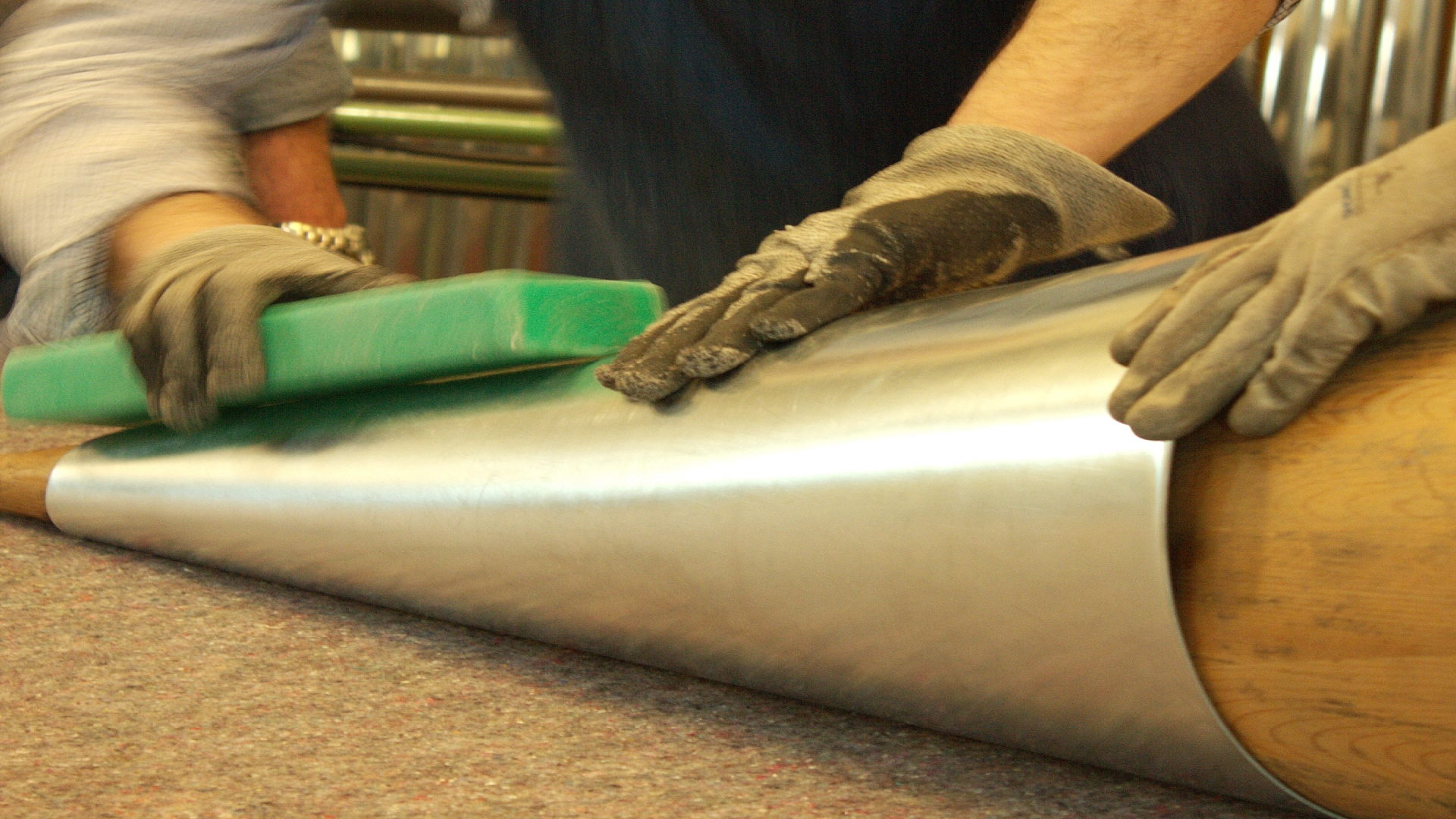

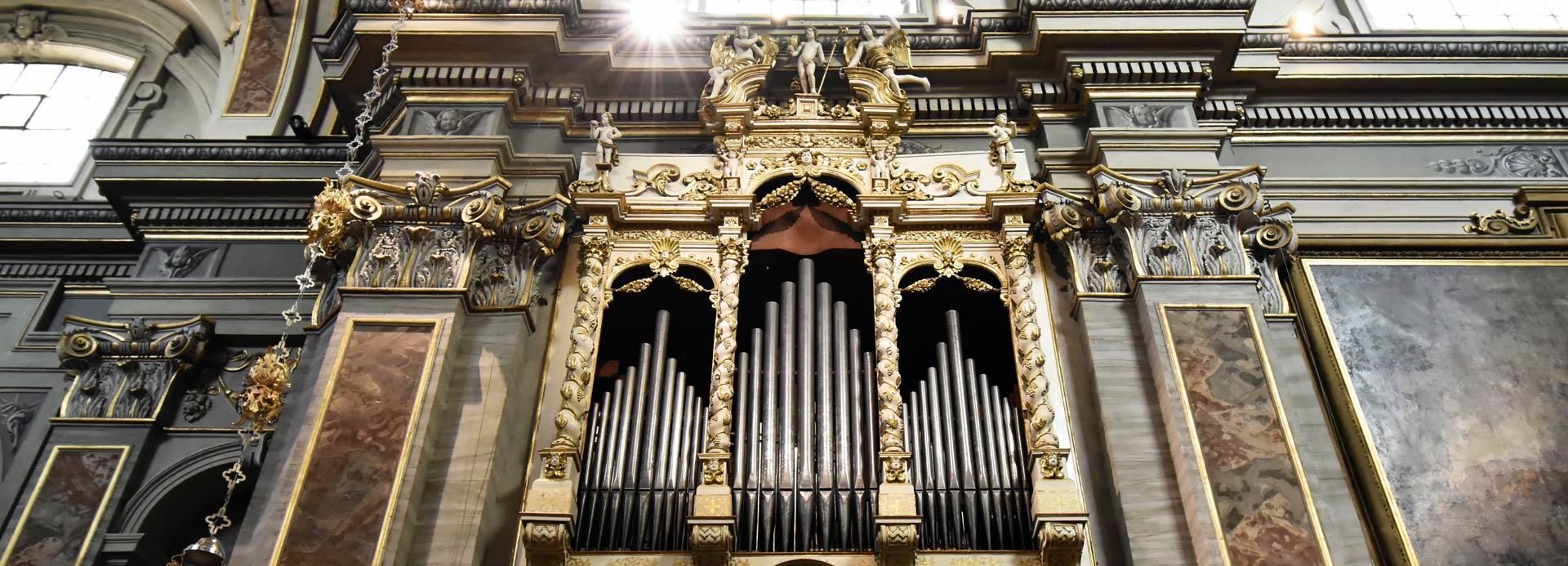
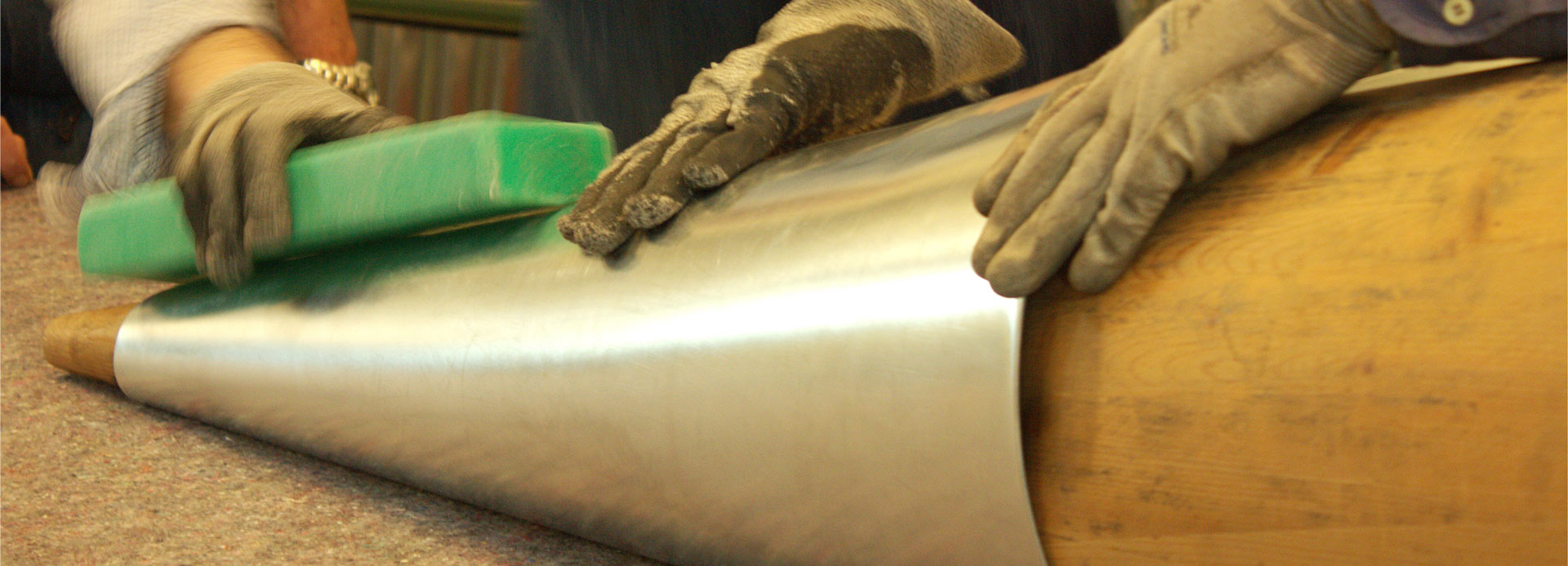
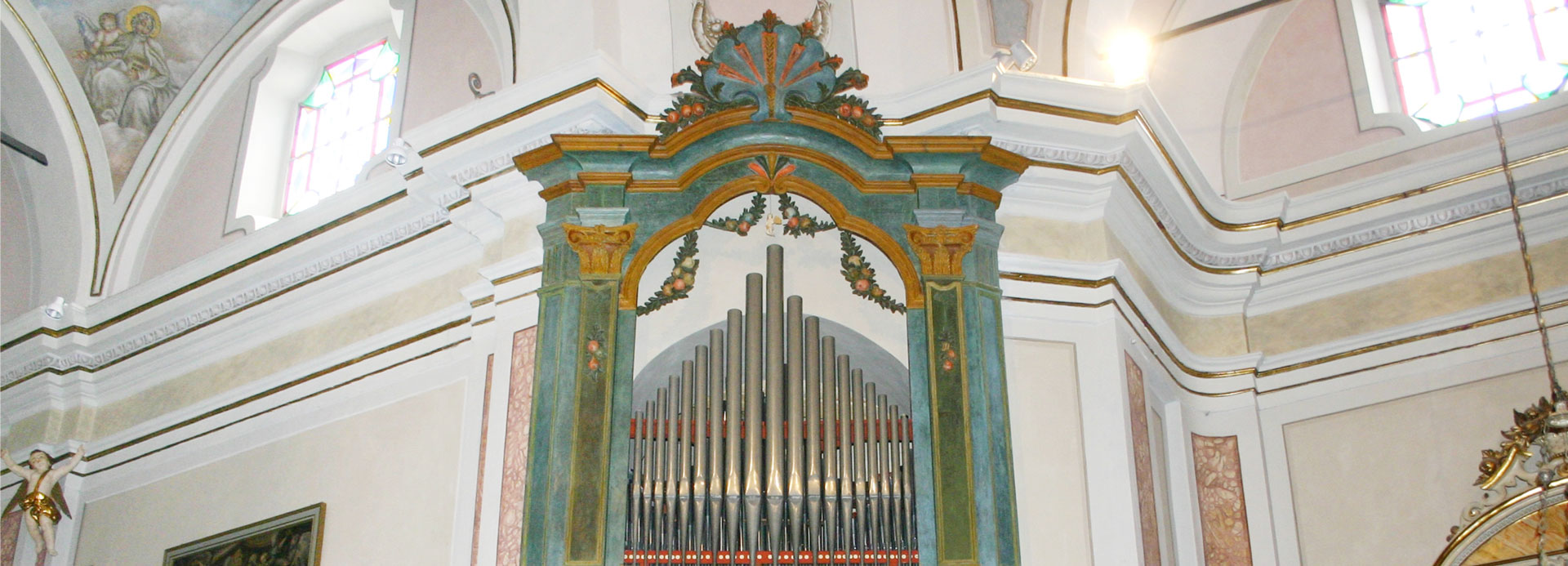
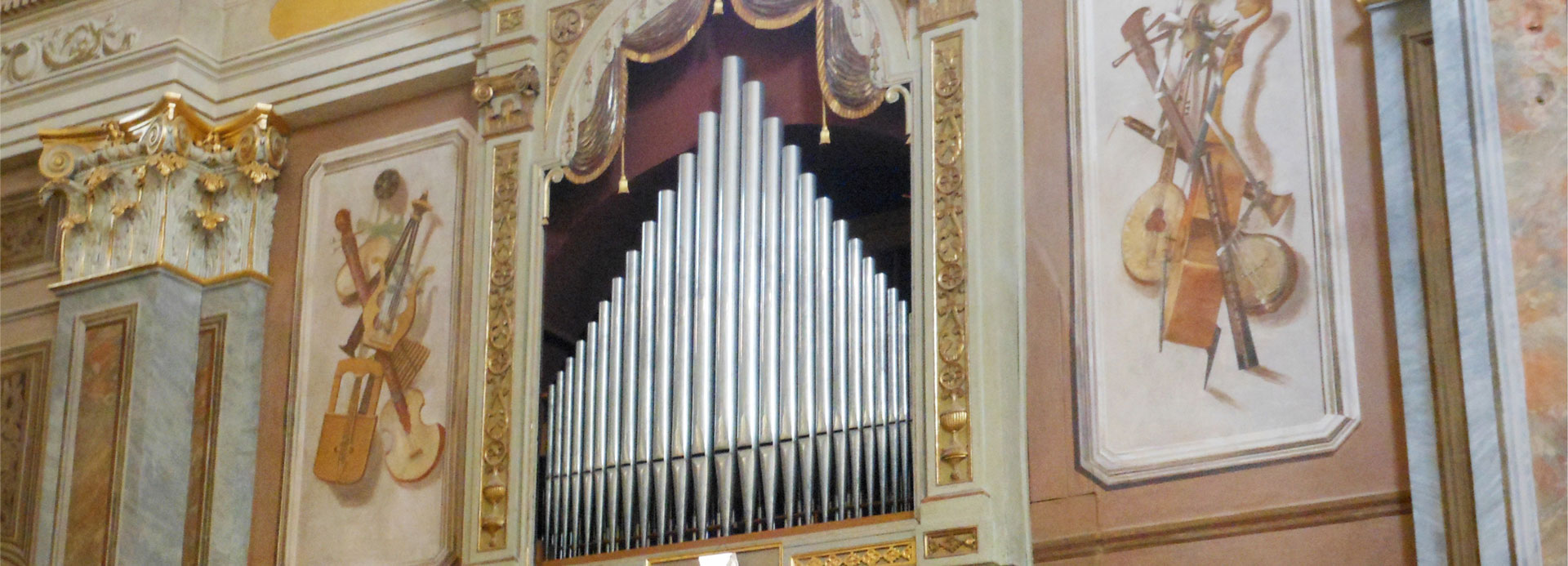
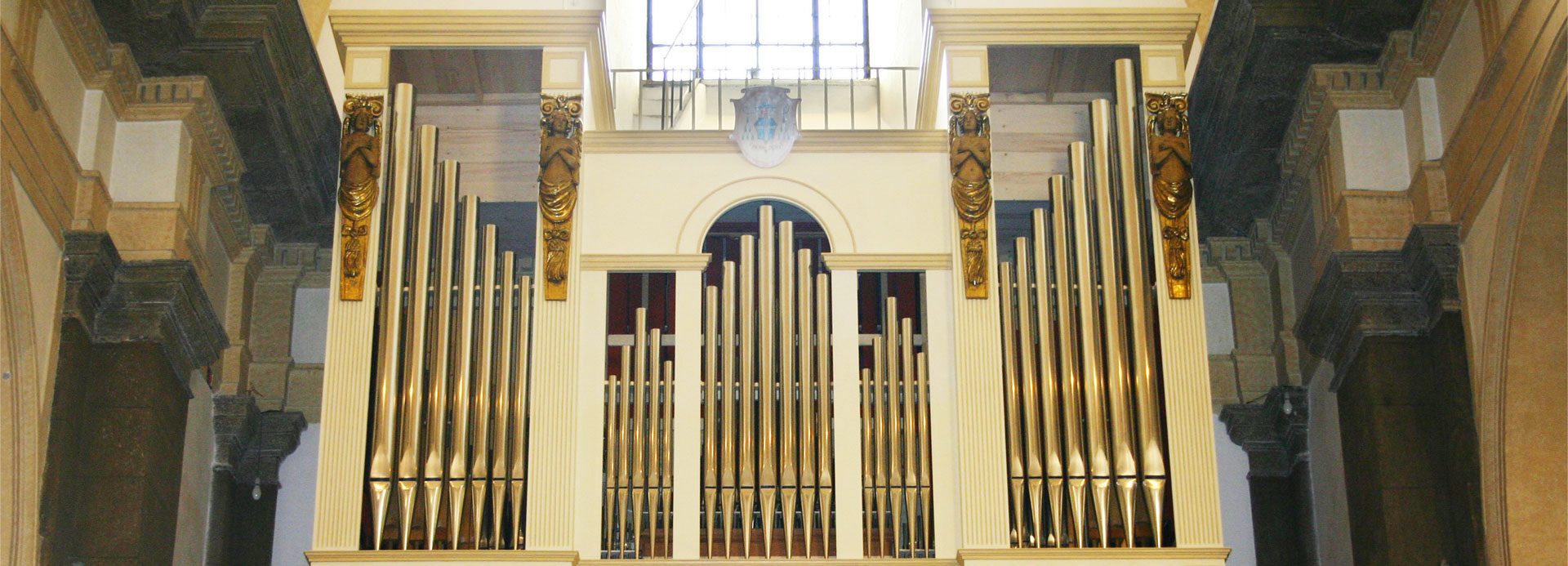

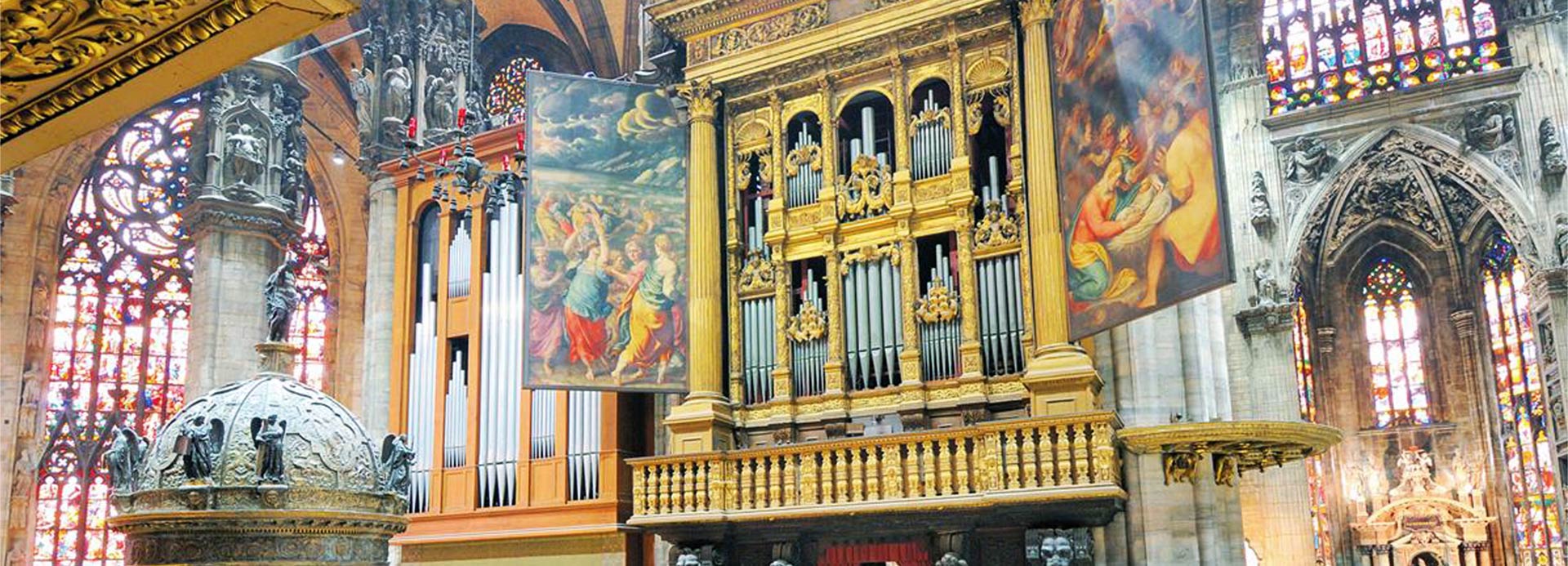
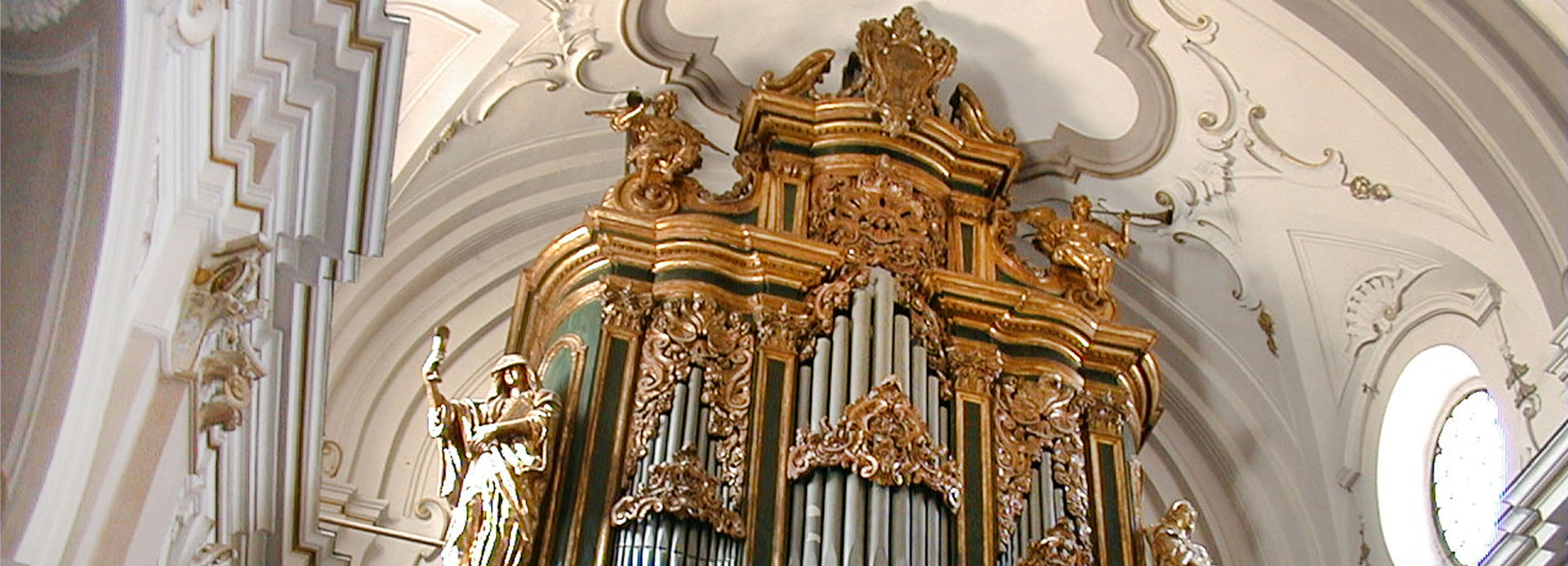
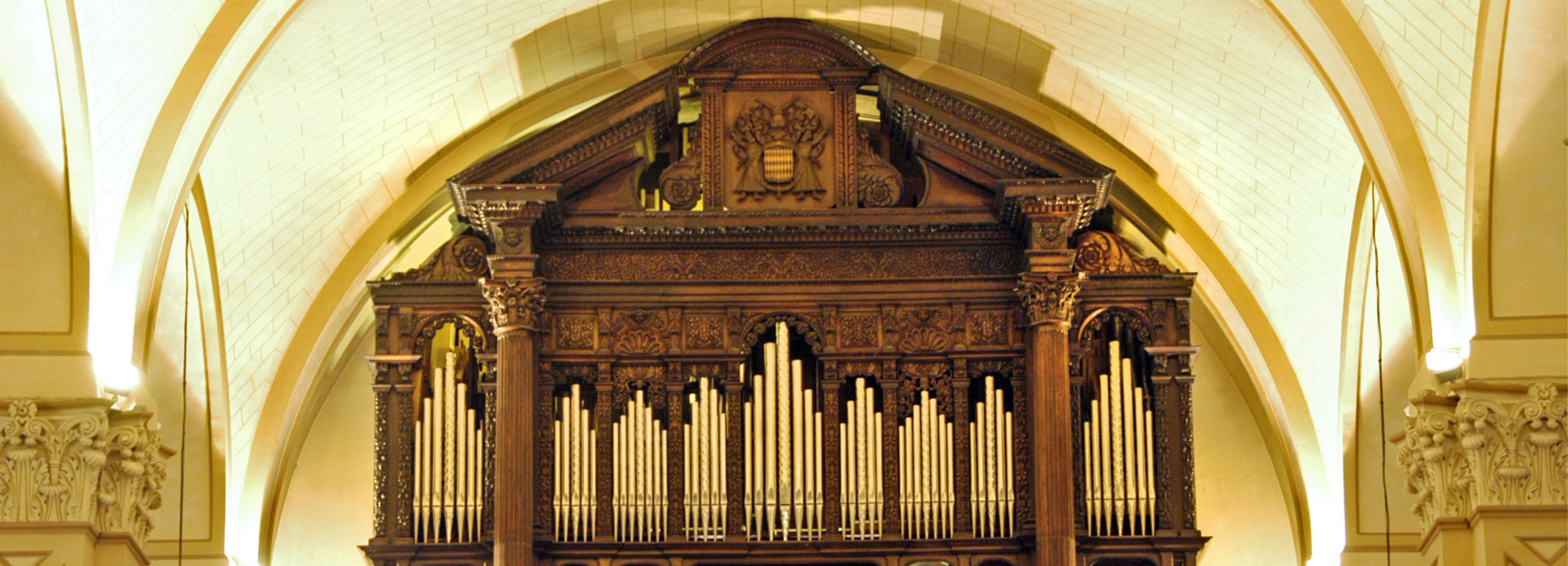
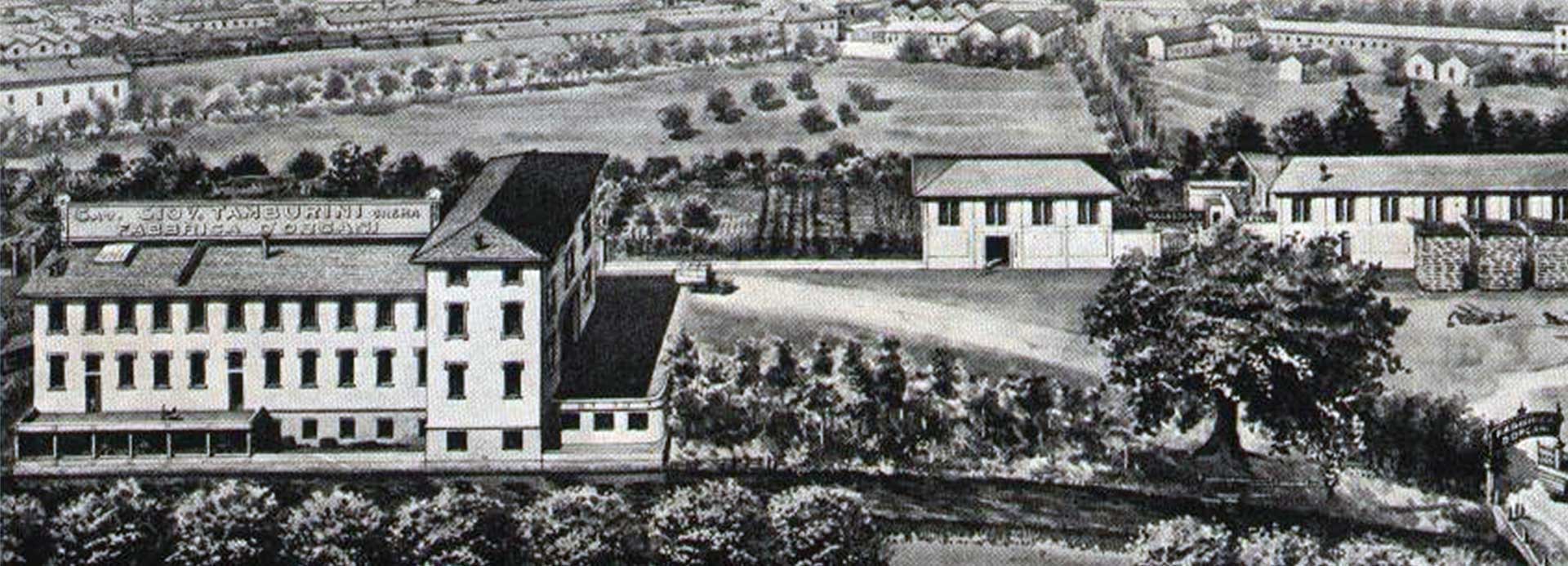

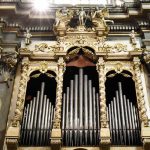
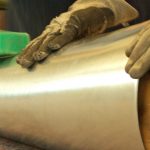
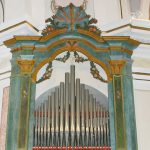
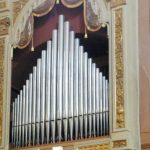
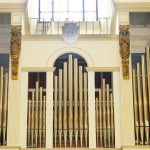
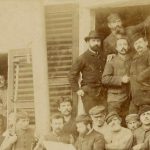
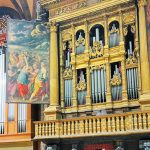

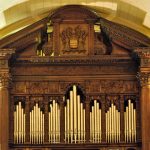
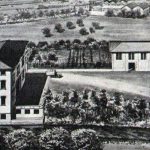

 torna alla home
torna alla home